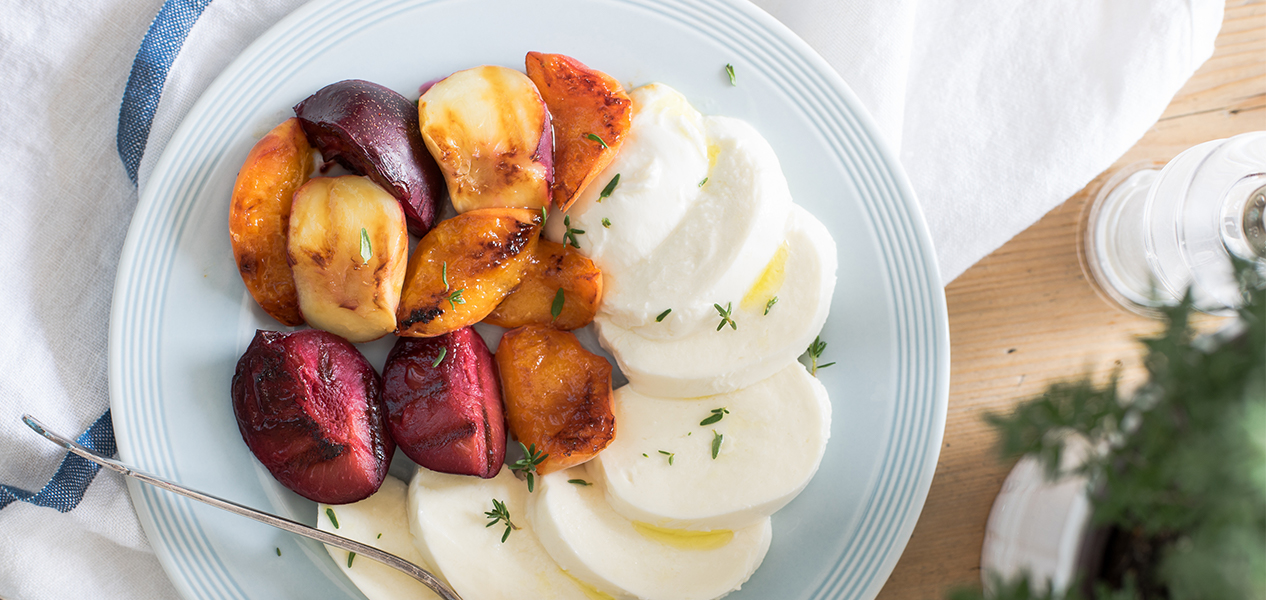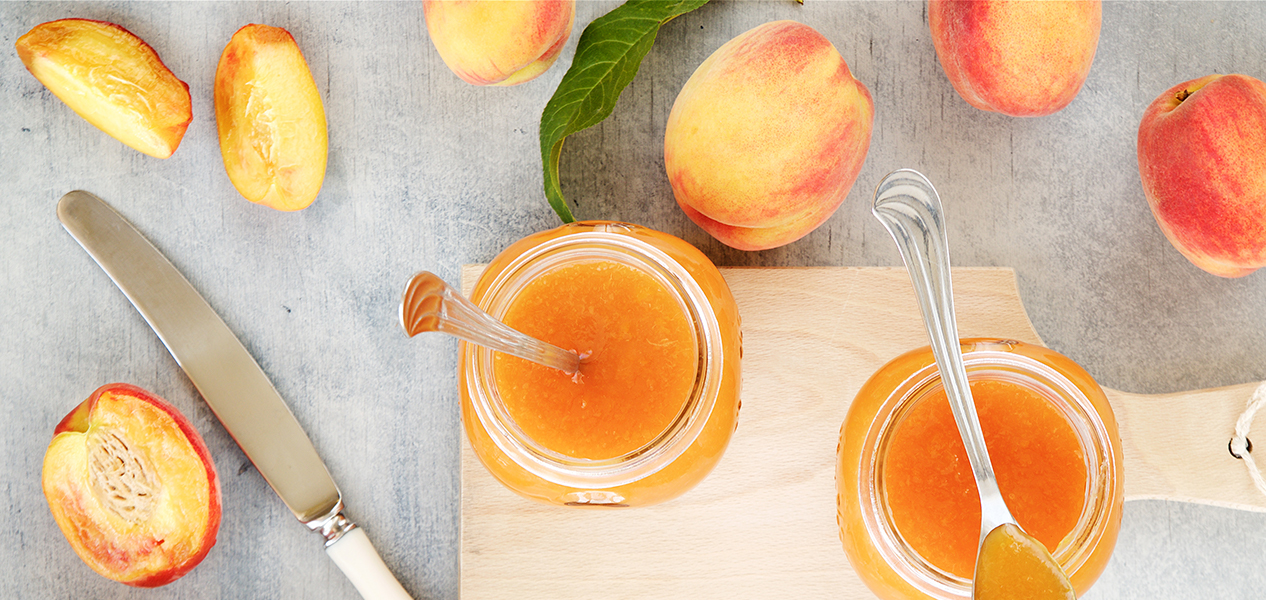Pluot: GMO or Not?
August is an excellent time of year to try new fruit! Stone fruit in particular is extra delicious. We like to try them all, but if you want to stick with what you like the best, go for it!
Here’s a little info to make trying new stone fruit and impressing your friends easy.

Yellow Peaches are the classic, juicy, sweet and tangy, fuzzy fruits of our dreams.
White Peaches are a lot like yellow peaches, but they are lower in acid, so they are more sweet than tangy. Some people like these the best because they are just so darn sweet!
Nectarines: not a fan of fuzz? Nectarines are almost identical genetically to peaches, but they have smooth (not fuzzy) skin. They also come in white and yellow varieties that differ in tangy/sour/sweetness.
Plums are on the smaller side of the stone fruit spectrum. They come in a variety of colors and have a smooth sour skin that contrasts with the soft, sweet, and sort of grape textured flesh.
Apricots are dense and usually small, sweet and tart. Though a lot of people happily eat them fresh, when you bake them they really shine. They have a low water content, which equals more flavor!

And…Pluots! Here’s where it gets really interesting. Pluots are the offspring of plums and apricots. If the fruit is more like an apricot, you call it an aprium. If is more like a plum, you call it a plumcot.
There’s a huge variety of pluots, varying in color and flavor, on the inside and on the outside. It’s most surprising when you try a green Pluot, and the inside is dark, deep red. The flavor for each variety is different, just like the appearance! Yum.
One question we get a lot about these interesting beauties is whether they are GMO. In fact, stone fruit growers and breeders use a completely natural process to discover new varieties of stone fruit, and yes, the process is totally non-GMO.
The process starts with intentionally pollinating a flower from one “parent” tree with a flower from another, then taking the “offspring” and growing them. If the fruit is delicious and produces well, they plant enough trees to take them to market.
From flower to final harvest this takes over a decade, and only a tiny number out of thousands of “offspring” make the cut. Thanks to the talented plant breeders out there, we’re getting to taste the fruit they started years ago, and we couldn’t be happier!




